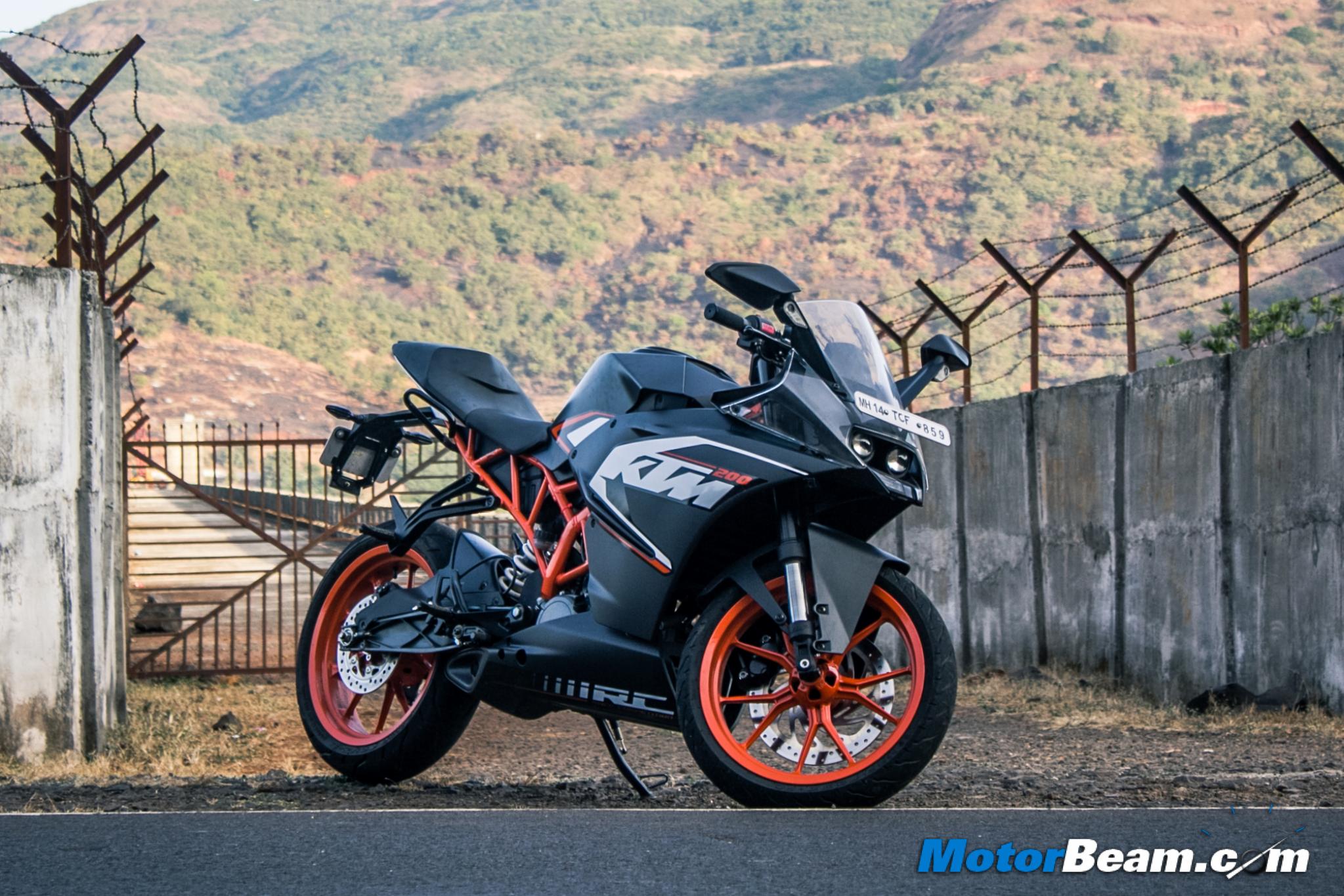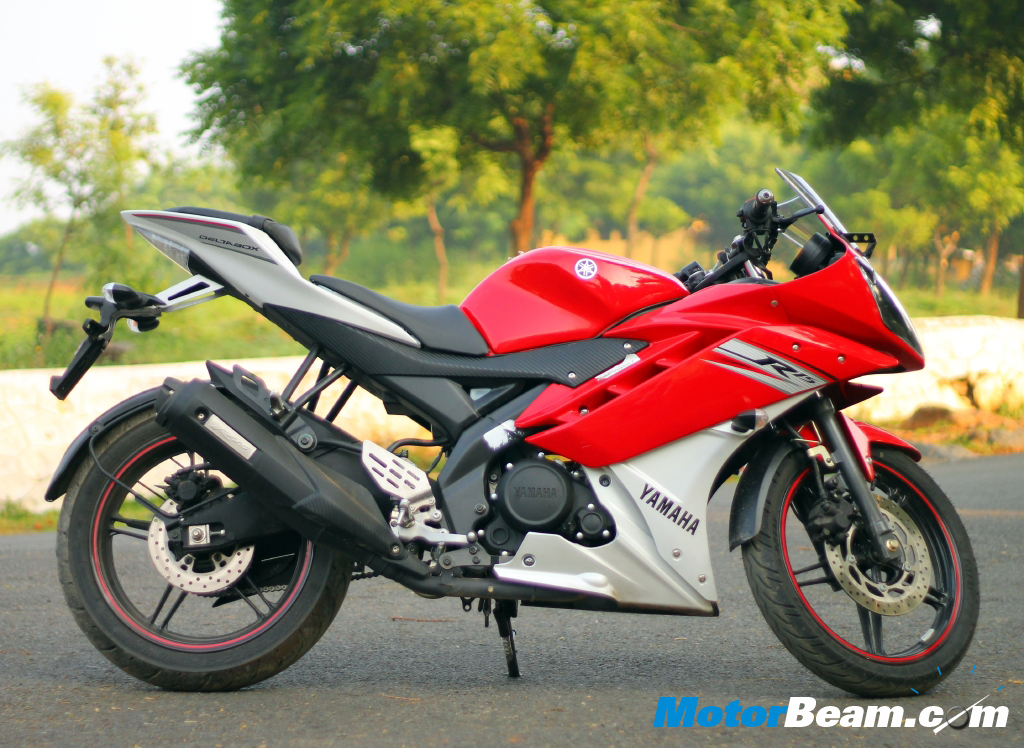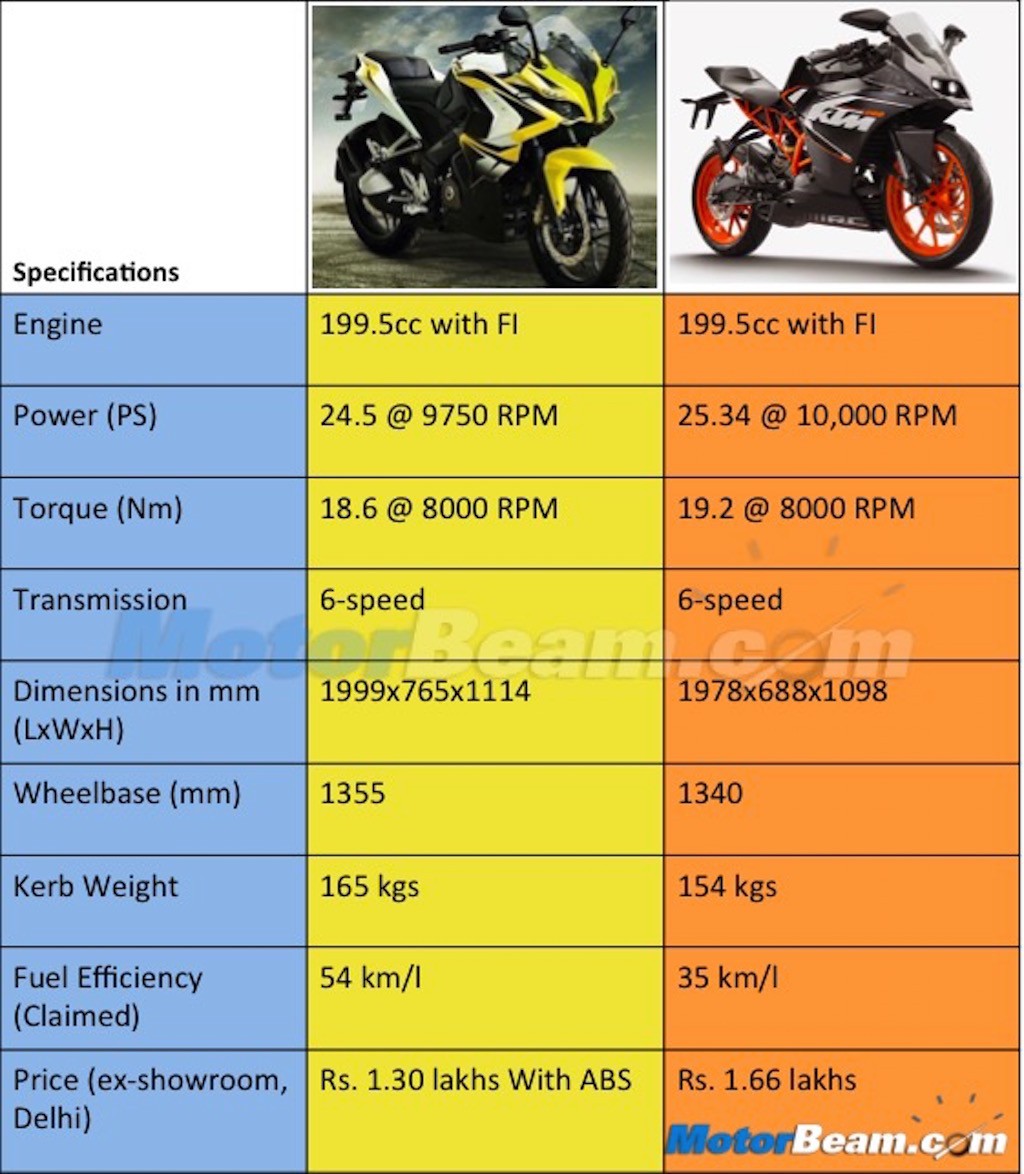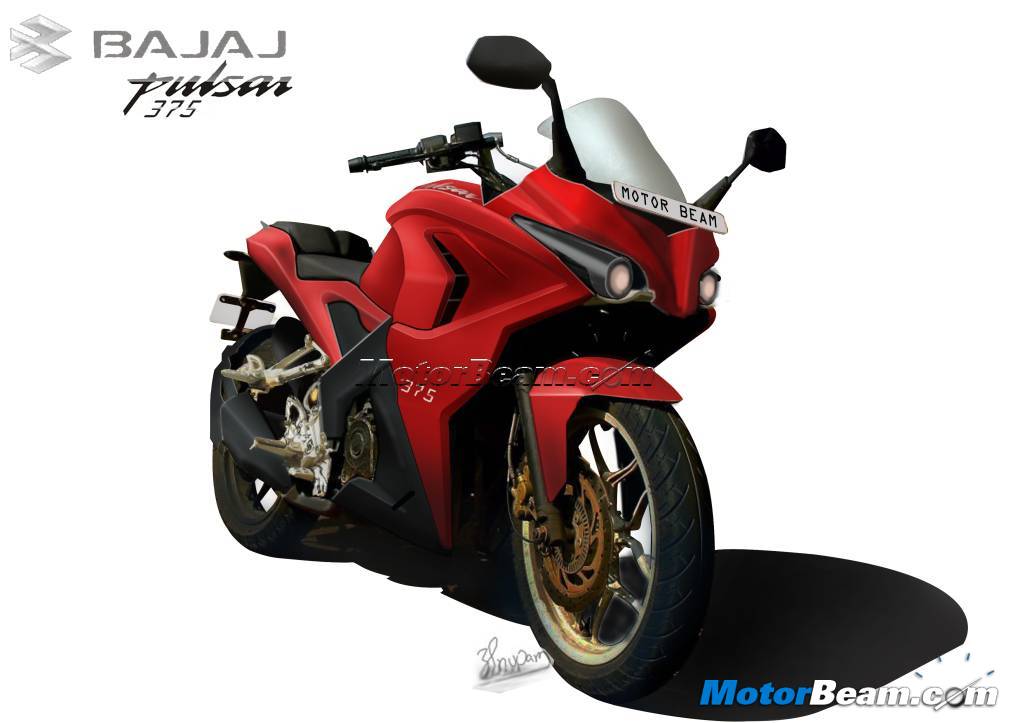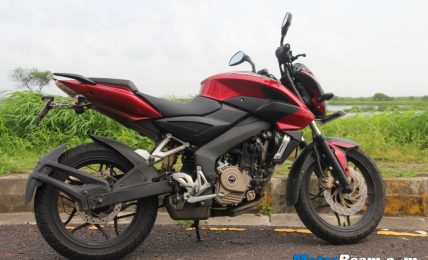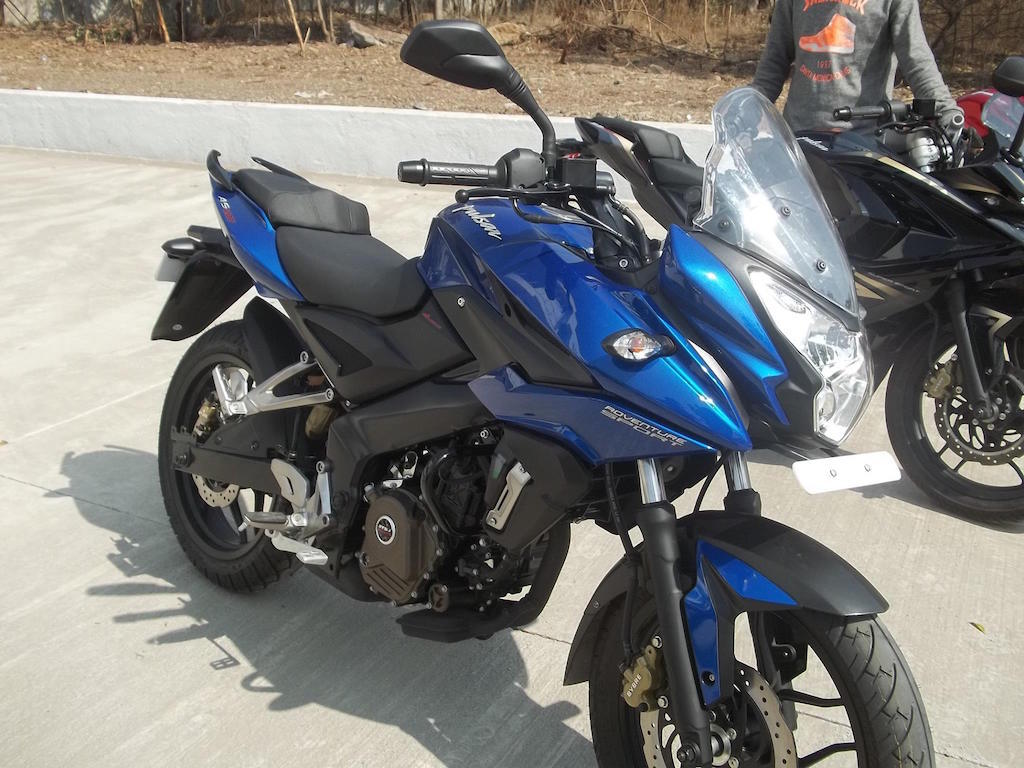The Pulsar RS 200 is the latest bike to join the fully faired segment and manages to offer a host of tech and impressive power output for the price.
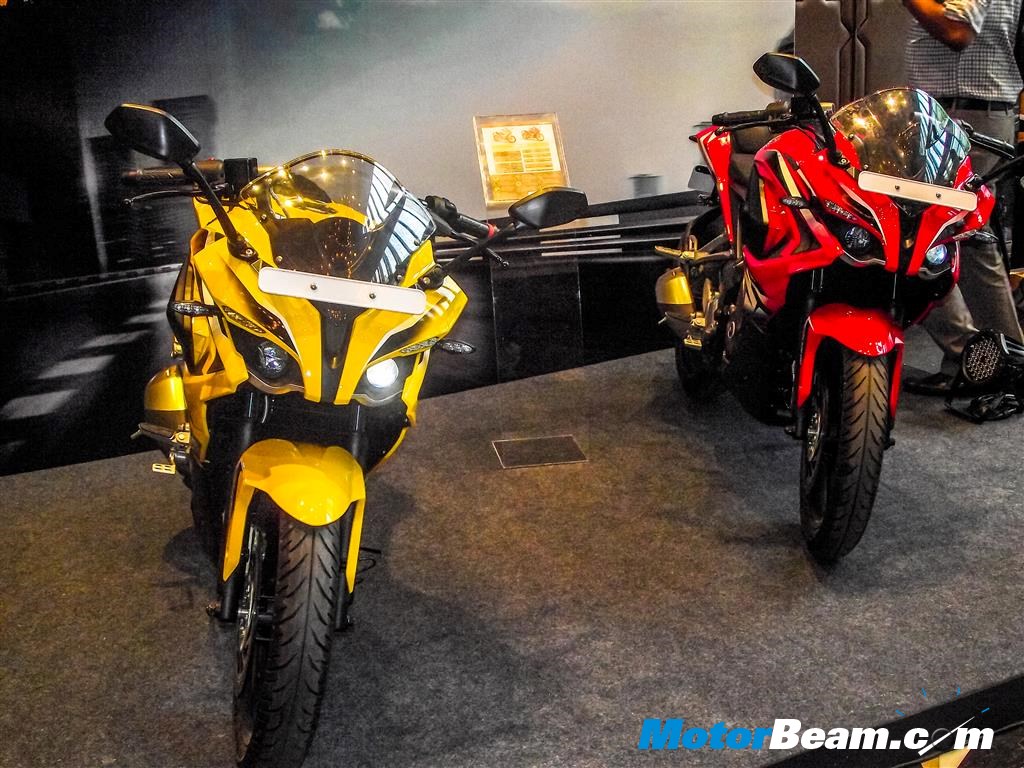
After an exhaustingly long wait, Bajaj Auto has finally raised the curtains off the 2015 Pulsar RS 200 that was launched earlier today with prices starting from Rs. 1.18 lakhs (ex-showroom, Delhi). Certainly the most awaited offering in a long long time, the RS 200 emerged as a loaded affordable full faired super sports motorcycle that offers more power, styling and performance over the competition. But that’s not it, is it? The RS 200 wasn’t the first bike to enter the supersport segment at this price point and the R15 from Yamaha, as well as the KTM RC 200, were here first to mark their name in history. With its rivals boasting of similar attributes, we decided to pit all the bikes against each other to see which supersport gives more bang for your buck.
Note – We are not including the Honda CBR150R and CBR250R in this comparison since these bikes are due for a facelift soon and will get major upgrades.
Design – To put it very bluntly, comparing the Pulsar RS 200, Yamaha YZF-R15 and KTM RC 200 is like comparing chalk, cheese, and cricket. Despite sharing the same attributes, the bikes look extremely different from each other and that certainly works in favour of each. Starting with the newest of the lot, the RS 200 gets the most imposing styling with its flared design and wide body stance and gives that bigger bike feel more effectively. The KTM RC 200 though is the quirkiest here with the slender design, exposed orange trellis frame, exposed dual projector headlamps, high tail section with a cowl styled pillion seat and a sharply styled fairing that gives the aggressive and sporty tone to the bike.
The oldest motorcycle in this comparison, the Yamaha R15 2.0 has aged gracefully and still manages to look sporty against the competition. Inspired from the previous generation R1, the R15 comes with dual headlamp cluster, aggressive fairing and raised tail section that form the makings of this super sports machine. The front though is now a bit mundane showing its age. If styling is your pick, the outlandishness of the RS 200 will appeal to many while it is the RC 200’s understatement yet eccentrics that happen to stick around with the rest. The R15 does hold a candle to the competition offering sharp looks, but certainly needs improvements to survive in the long term.
Dimensions – It does not take a measurement tape to tell you that the Pulsar RS 200 is the biggest in terms of dimensions offering more space to the rider and pillion but serves a different purpose than its rivals. The KTM RC 200 and the Yamaha R15 are extremely track-focused machines and the restrained dimensions ensure that the bikes perform brilliantly on the track with the smaller wheelbase offering improved riding dynamics. The RS 200 has been designed to offer a mix of power, performance and comfort and can be seen as a more rounded offering instead of just being a track scorcher. Compared to others, the RS 200 is the heaviest at 165 kgs while the R15 tips the scale at 136 kgs and the RC 200 weighs in at 154 kgs.
Comfort – Being extremely track-focused motorcycles, both the KTM RC 200 and Yamaha R15 score low on comfort in this comparison. With a stiff suspension set-up and a sporty riding position, the bikes are meant for short bursts on the track but do not come close to providing comfort during commuting. This is where the Pulsar RS 200 scores its points. The riding position is less aggressive making the RS 200 a commuter friendly motorcycle despite being a supersport. The seats on the Pulsar are also well-cushioned as compared to the RC and the R15 that makes it the most comfortable bike here.
Powertrain – Part of the Bajaj-KTM family, the RS 200 and KTM RC 200 use the same 199.5cc single-cylinder engine with fuel injection that has been tuned differently (some parts are different too). While the Pulsar RS 200 produces 24.5 PS of power, the RC 200 makes 25.34 PS and is the most dynamic offering between the two with better throttle response. The RC also benefits from extremely precise handling that we reckon won’t be matched by the Pulsar while the rev friendly nature of the KTM ensures you get more power per twist. The RS 200 is no slouch though and does quick shifts to hit a top whack of 141 km/hr, fastest in the Pulsar family, also faster than the RC 200. Coming to the R15, the Yamaha is extremely capable but also underpowered here and uses a 149cc single-cylinder engine with fuel injection tuned to produce 17 PS of power. The dynamics on the R15 though are simply superlative and allows you to make the most out of the power produced.
Price – At Rs. 1.18 lakhs for the non-ABS version, the Pulsar has been slotted right between the competition and is only marginally expensive than the Yamaha R15 that is priced at Rs. 1.14 lakhs. The KTM RC 200 is the most expensive here at Rs. 1.66 lakhs and seems overvalued, especially since the RS 200 gets optional ABS (single-channel) at Rs. 1.30 lakhs which is still Rs. 36,000/- cheaper than the non-ABS RC. But clearly, the R15 is the machine for the Yamaha purist and the RC 200 works in the same way for the KTM fanatic. The Pulsar RS 200 though is better equipped with LED DRLs, projector headlamps, clear lens LED tail lights even on the non-ABS RS 200. For an extra Rs. 12,000/-, the ABS is a worthy addition but does feel expensive for the brand.
Confusion In The House – We all know Bajaj Auto owns 48% stake in KTM and manufactures the Duke and RC 125, 200 and 390 models in India, exporting it all over the world. However, the company has decided to offer ABS on the Pulsar which the more expensive RC 200 lacks, this is bound to hurt the sales of the KTM. AS a buyer in this segment, will ABS swing your decision towards the Pulsar RS 200, in spite of you having the budget to buy the RC 200? Not to forget, the Pulsar is more practical to ride on a daily basis than the KTM.
Verdict – Bajaj Auto has ensured to distinguish the 2015 Pulsar RS 200 as a well-equipped offering that can do much more than just be track scorchers. At this juncture, the R15 and RC 200 seem overpriced and offer limited appeal in comparison. Not only is the RS 200 loaded with equipment but also comes with a decent price tag making most of the money you spend. Even with its ergonomics, the RS 200 will offer impressive handling and power that can be exploited on open roads. What really works for us is the ABS on the Pulsar that gets the bike brownie points and is severely missed on the RC 200. If you are a KTM fan and want to spend that much extra, the RC 200 could be your answer, but if a stunning motorcycle is what you need, the Pulsar RS 200 is our pick of the day. Meanwhile, Yamaha fantastics won’t see anything else and will get the R15 and that product offers high quality but can’t match the other two in terms of acceleration and overall performance.
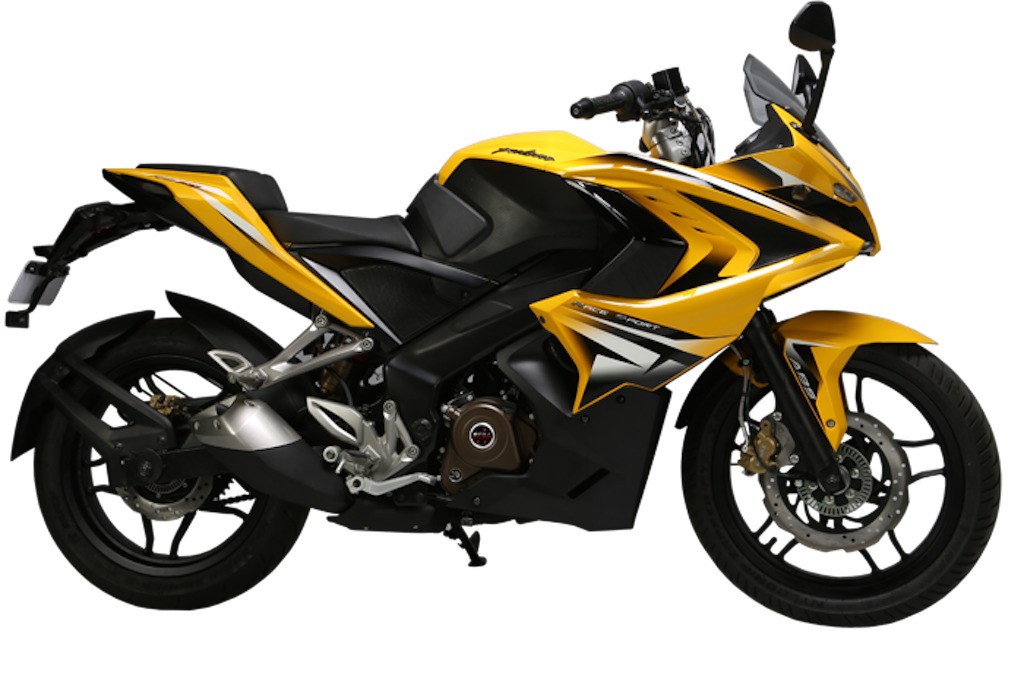
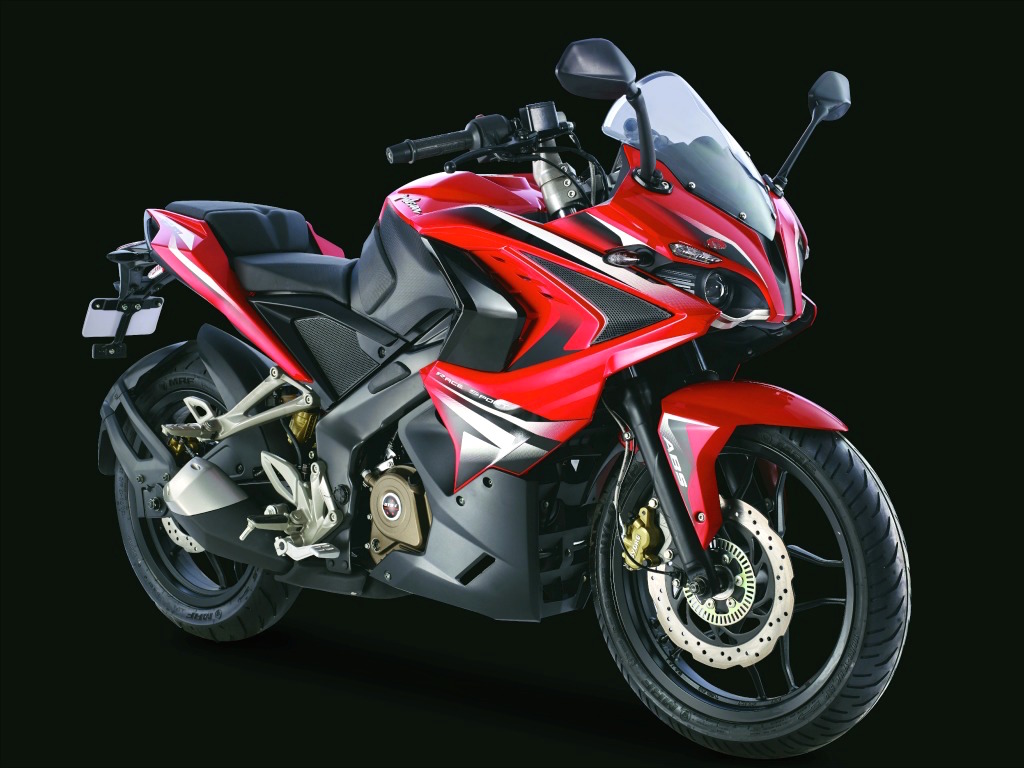
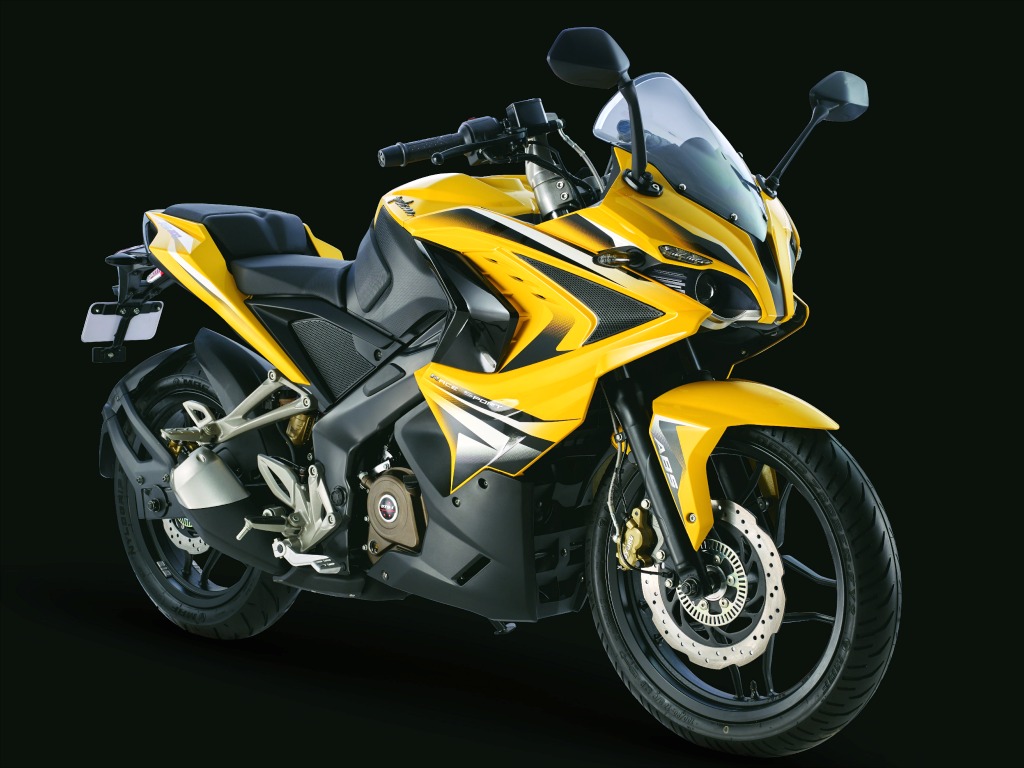
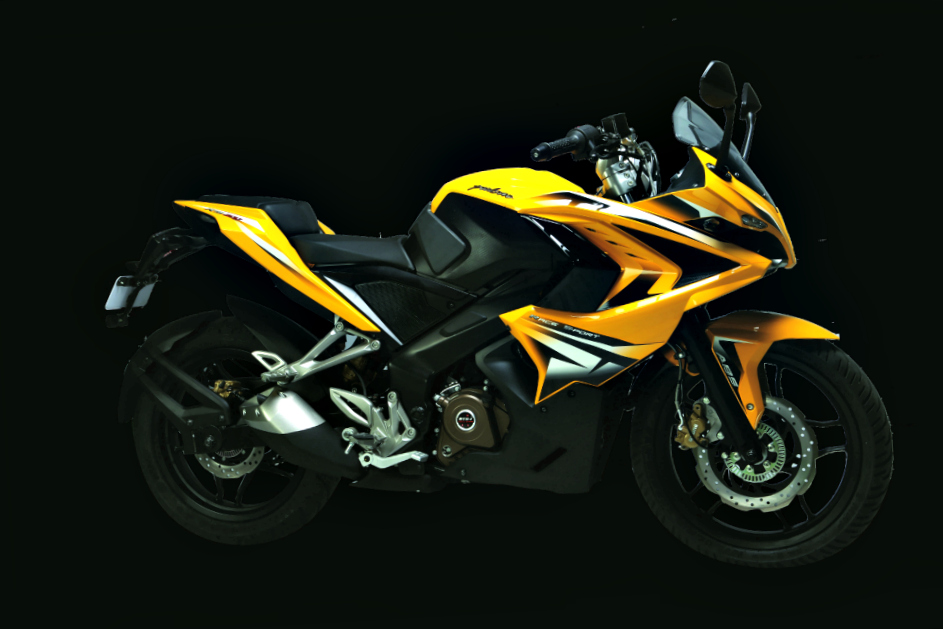
[youtube:https://www.youtube.com/watch?v=84rs3WQkPBs 540 375]
